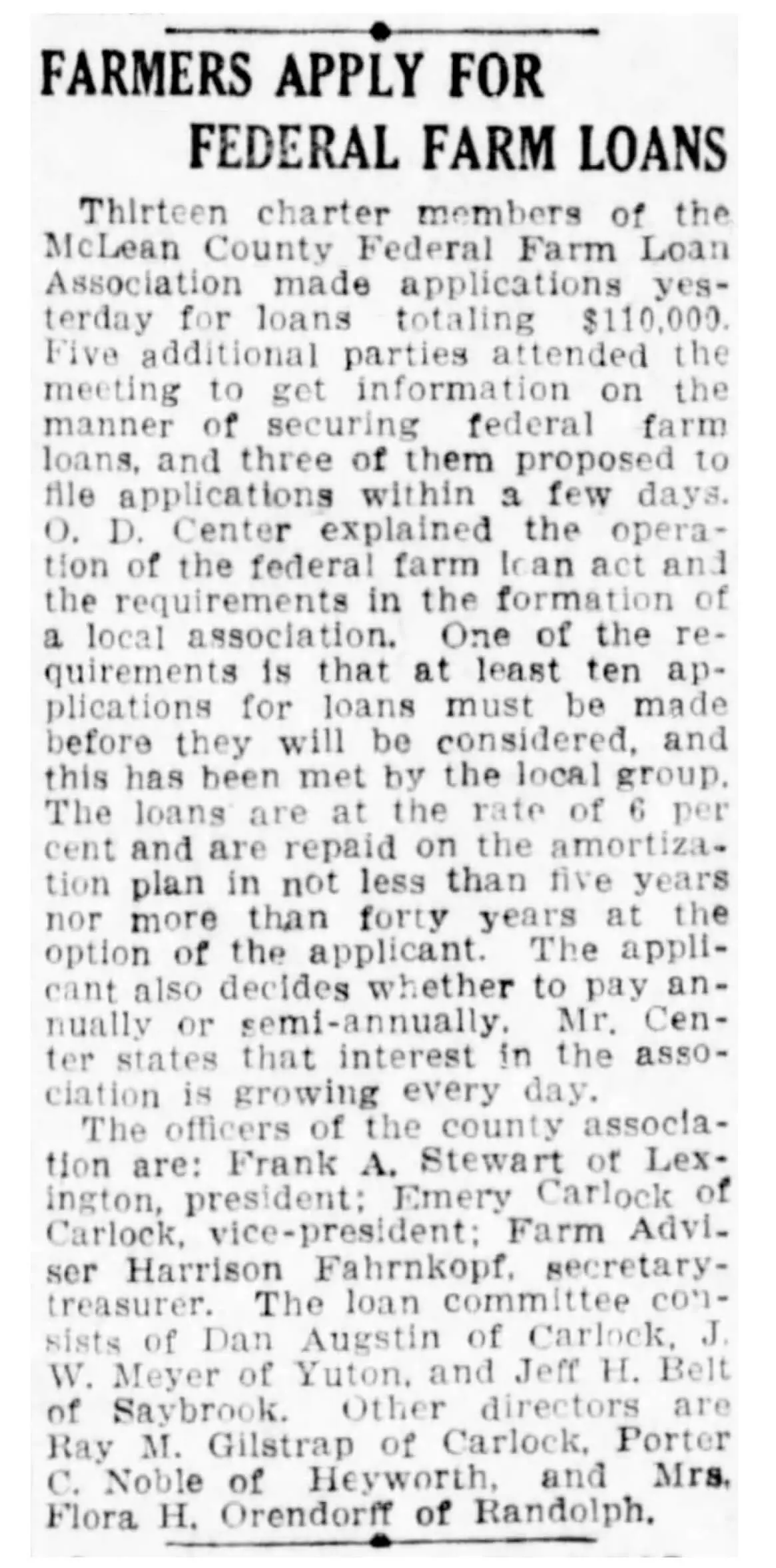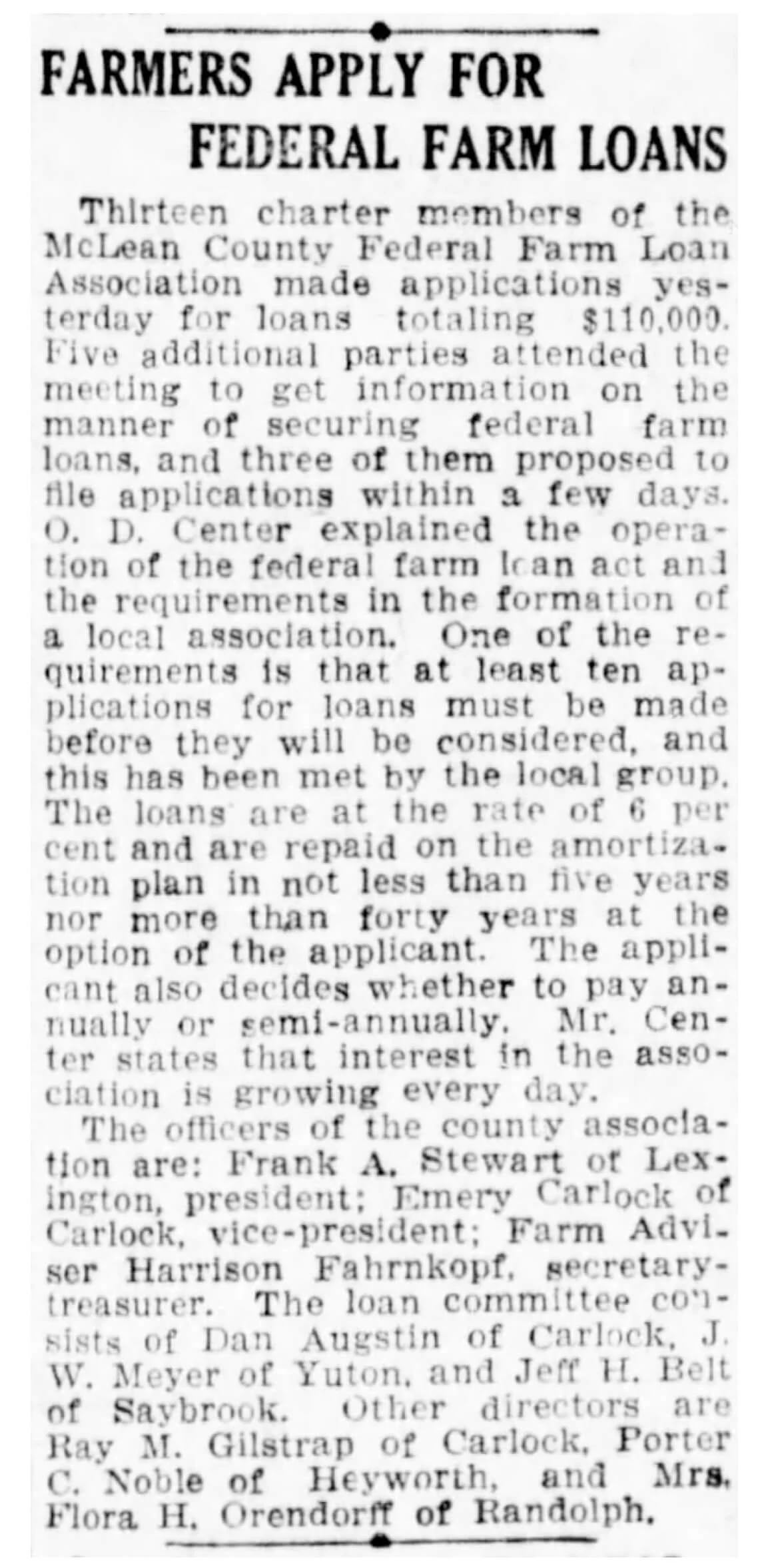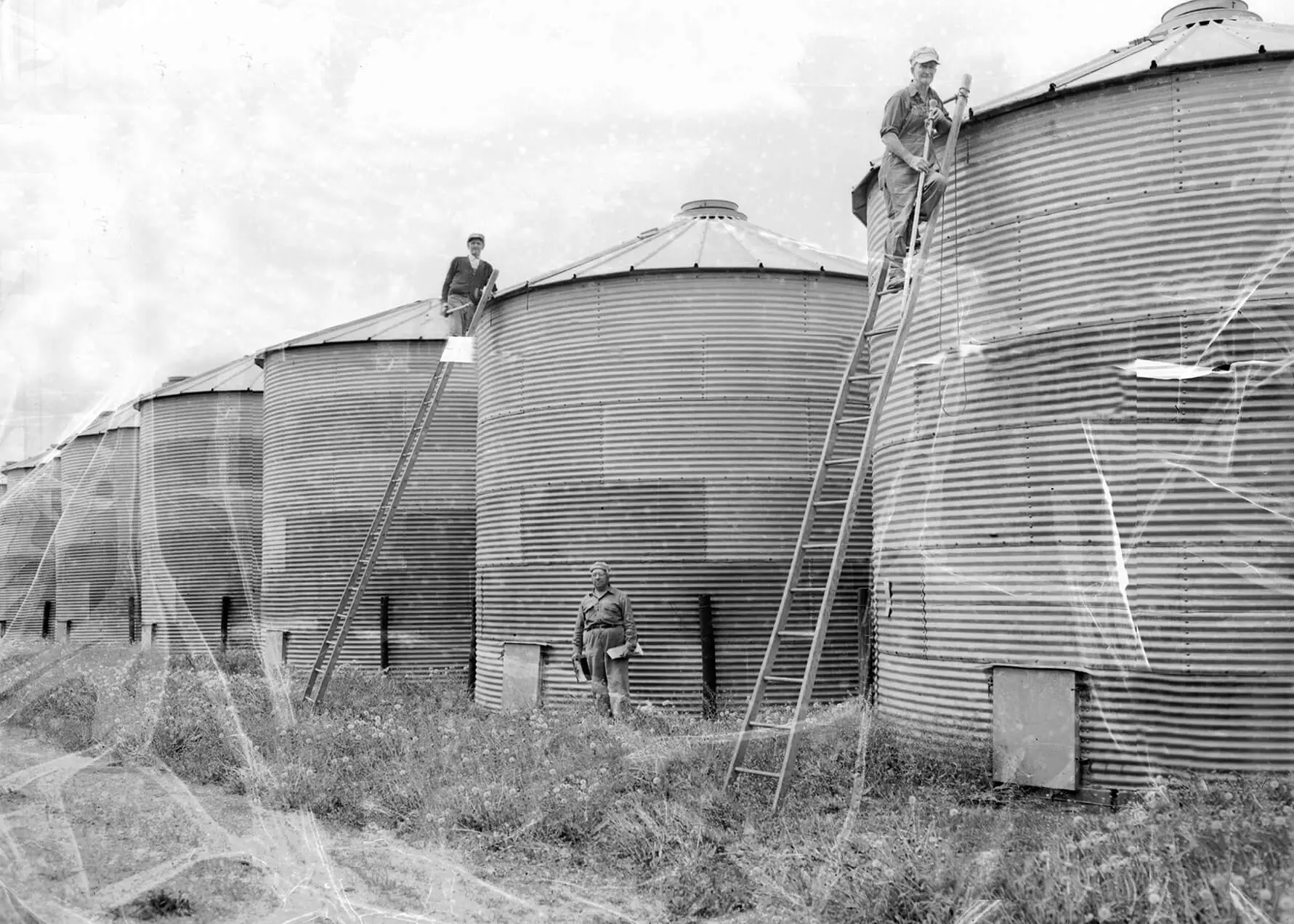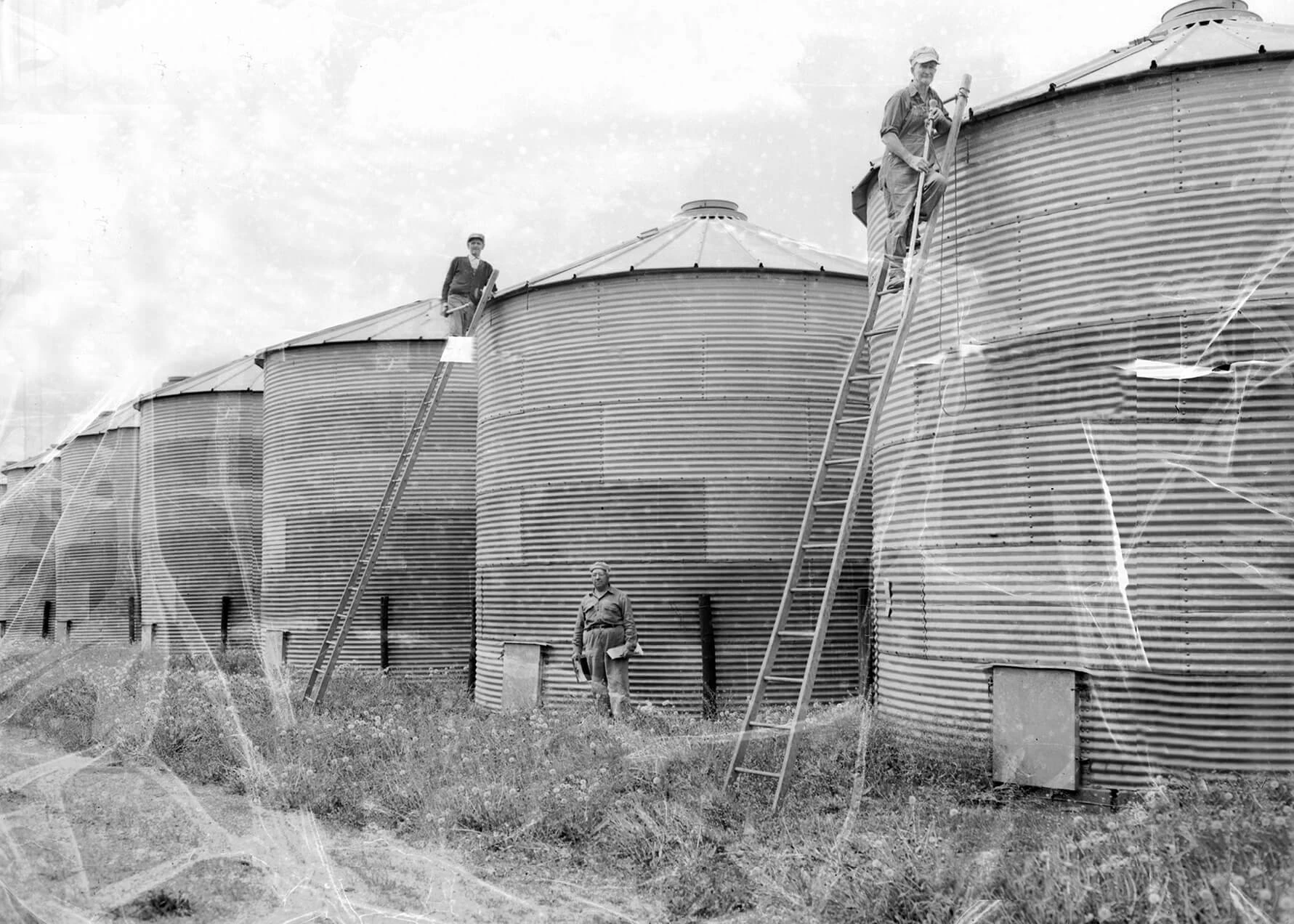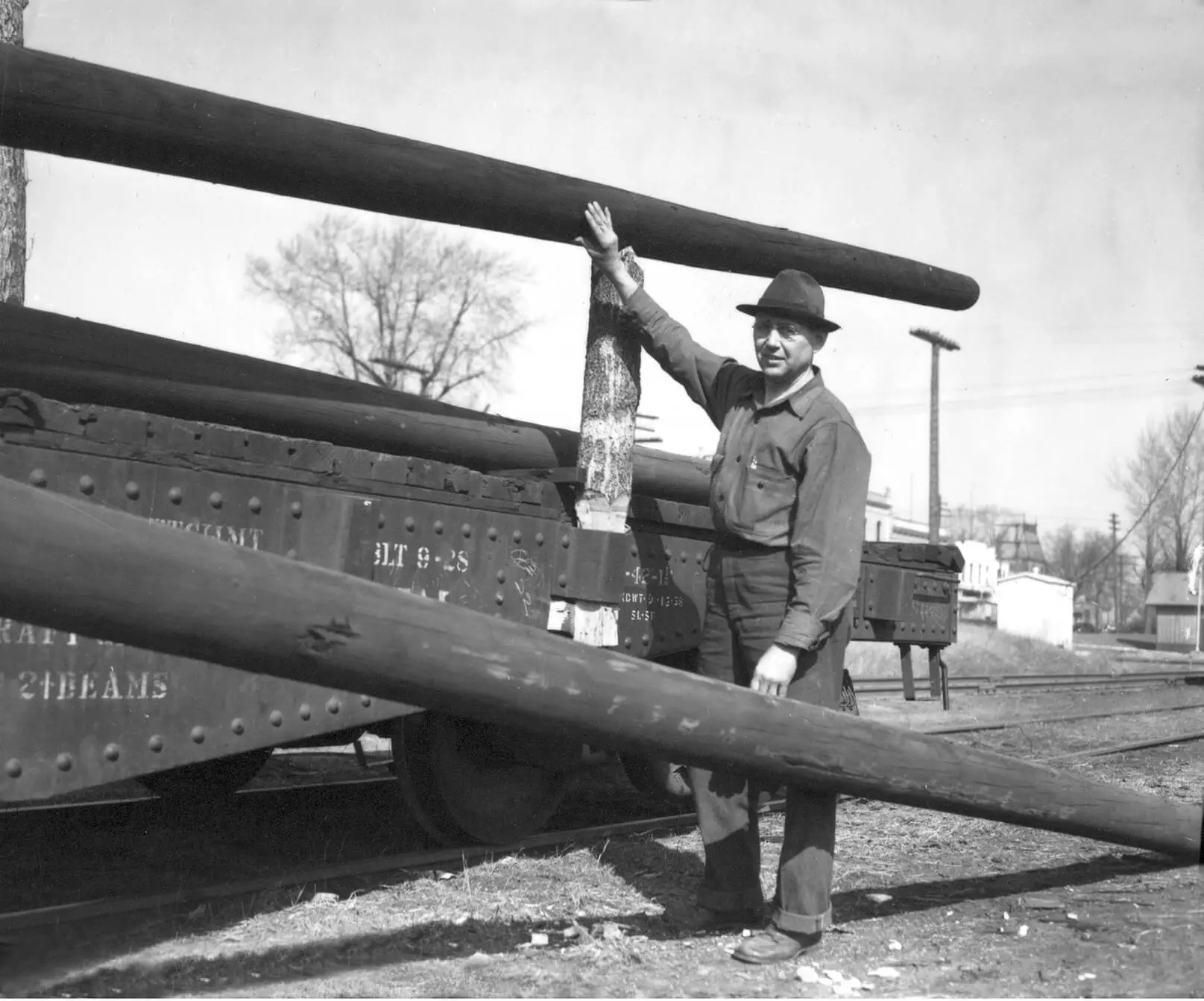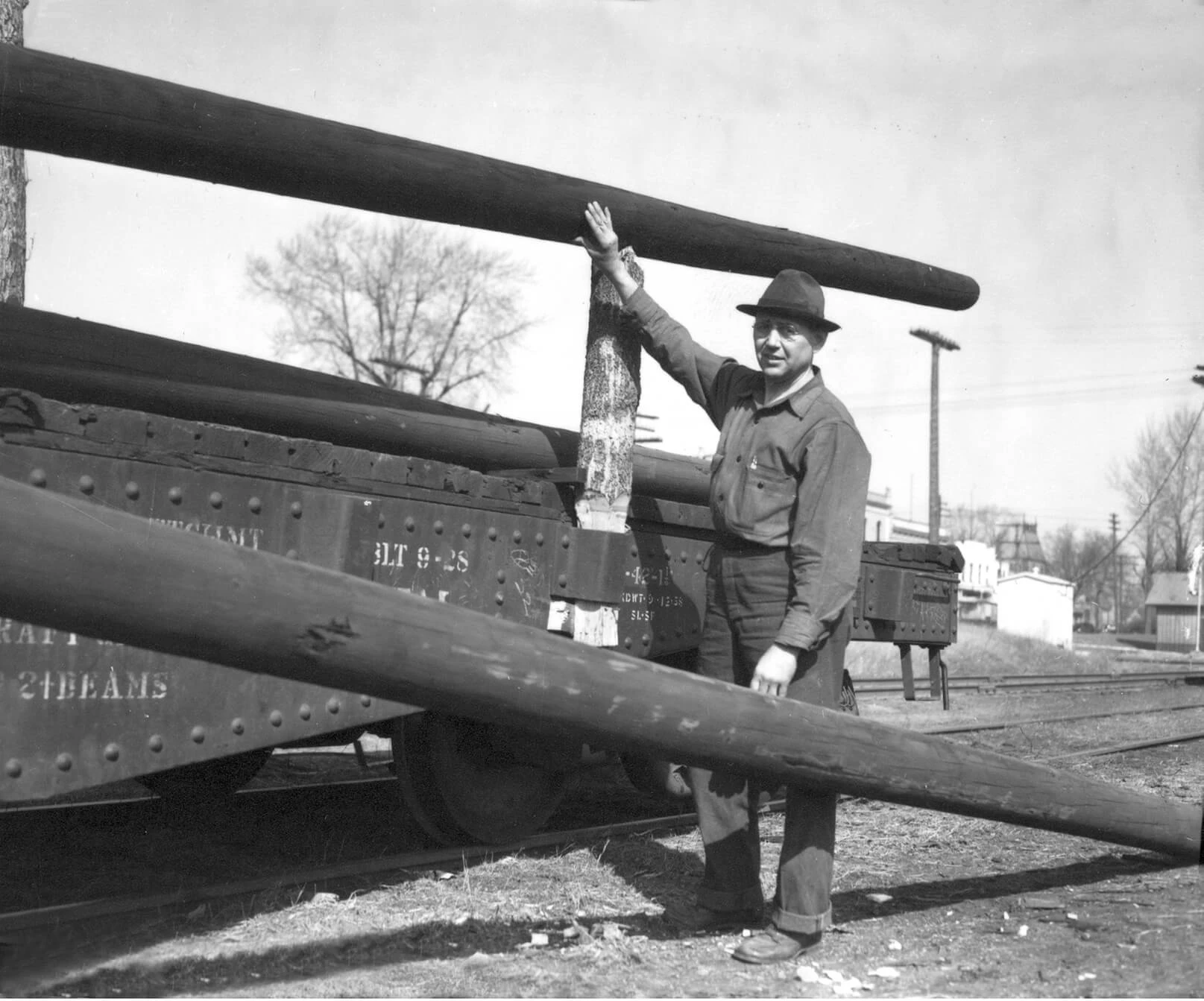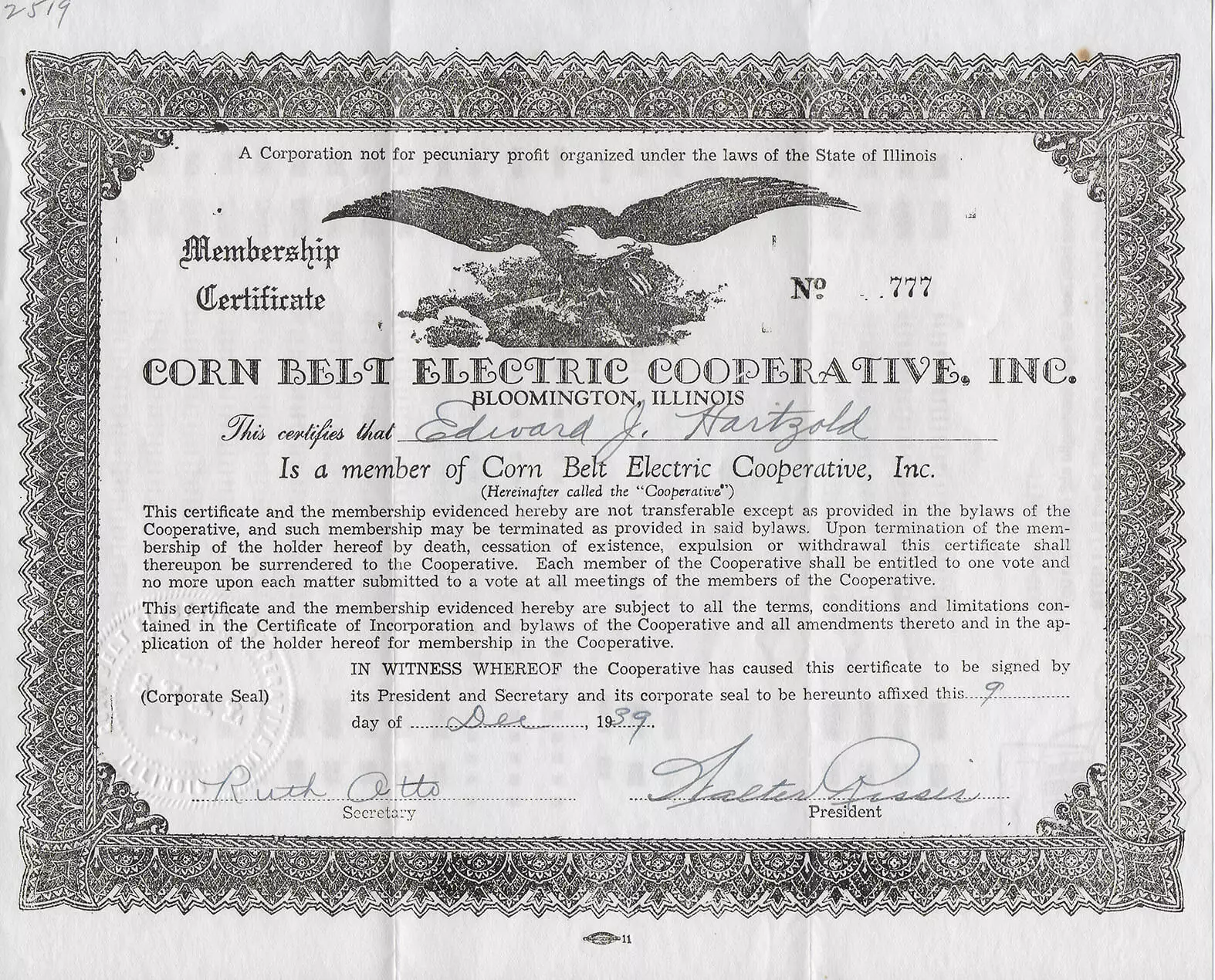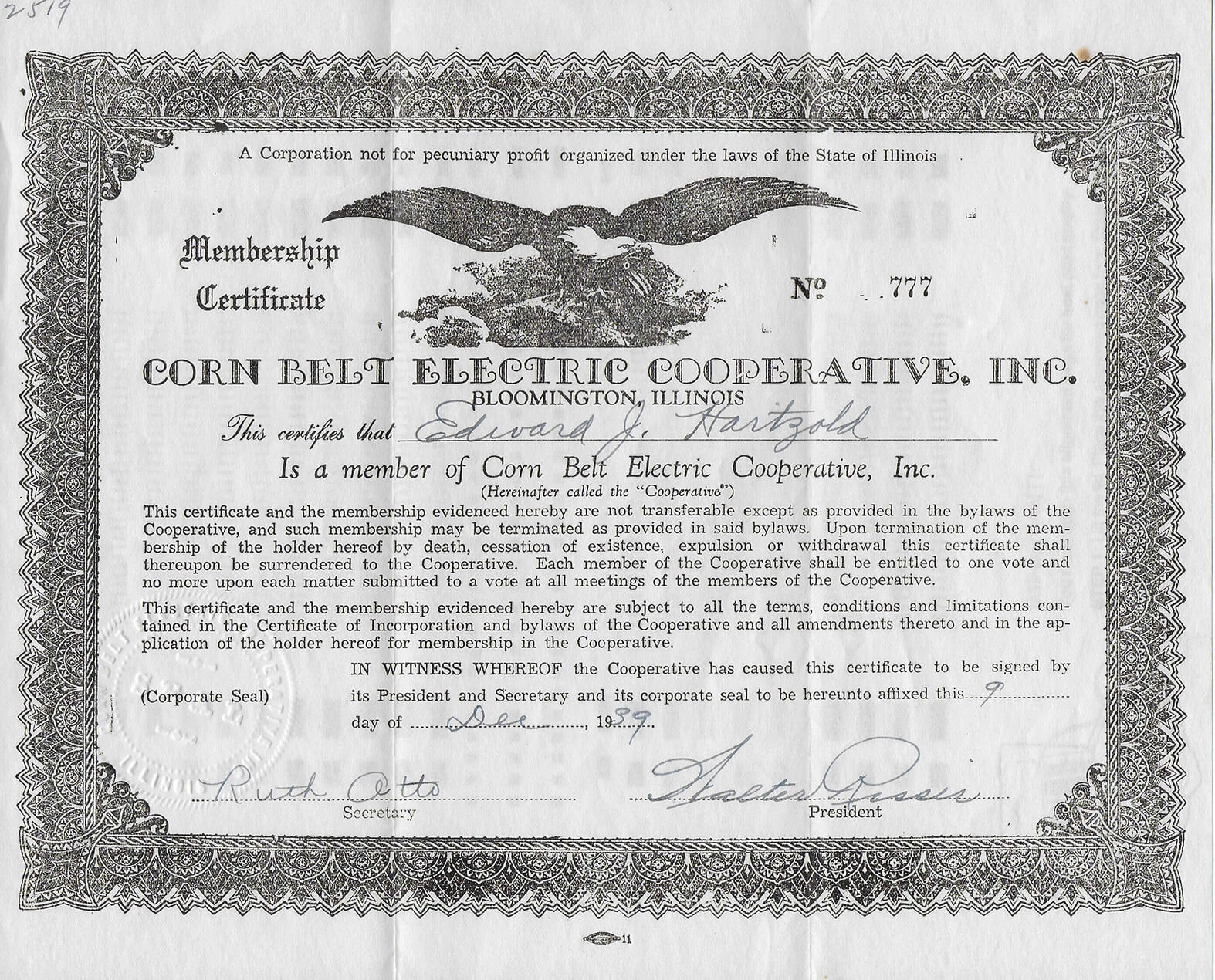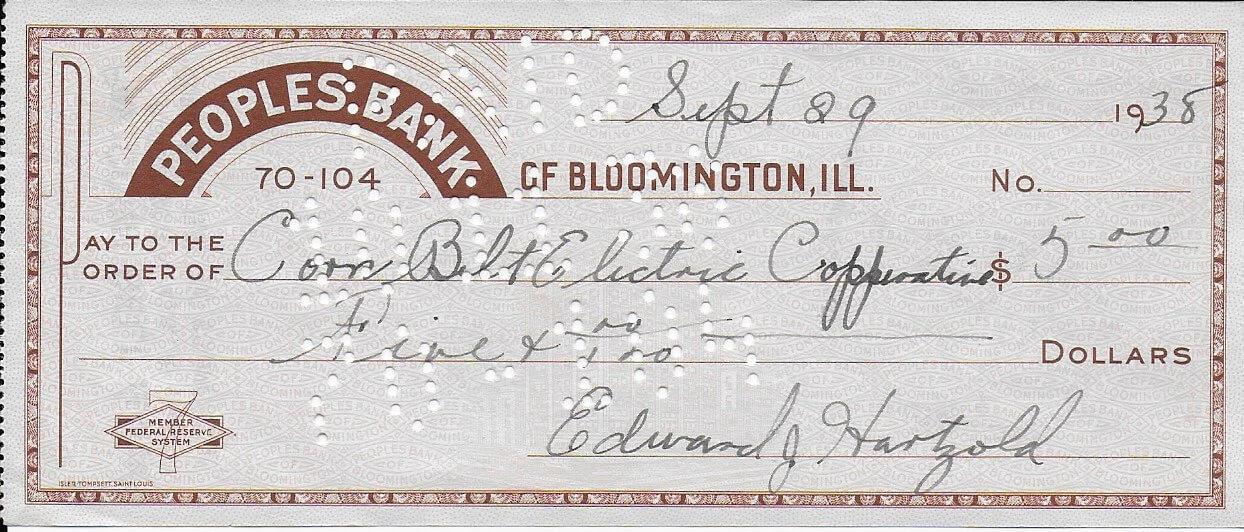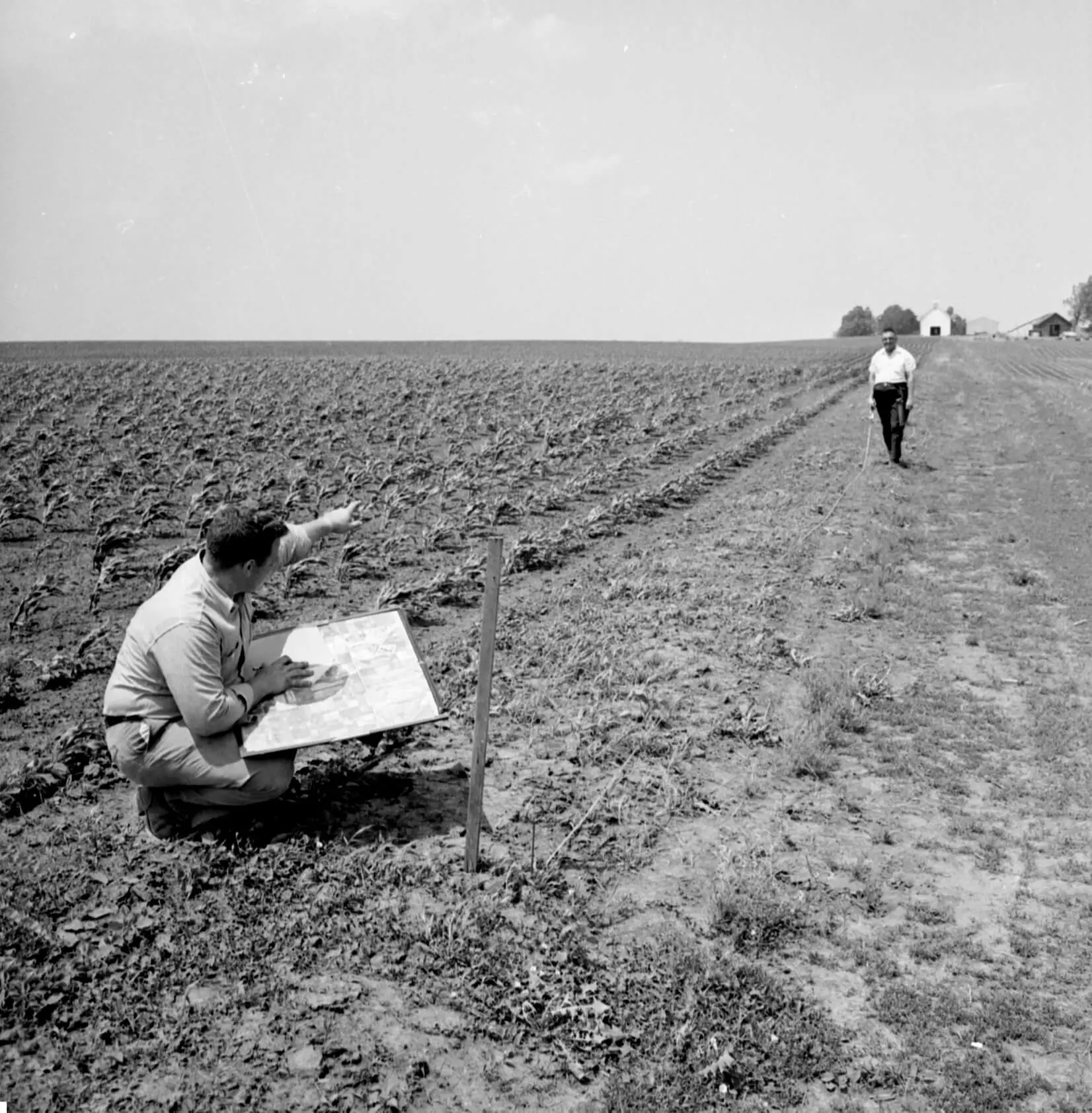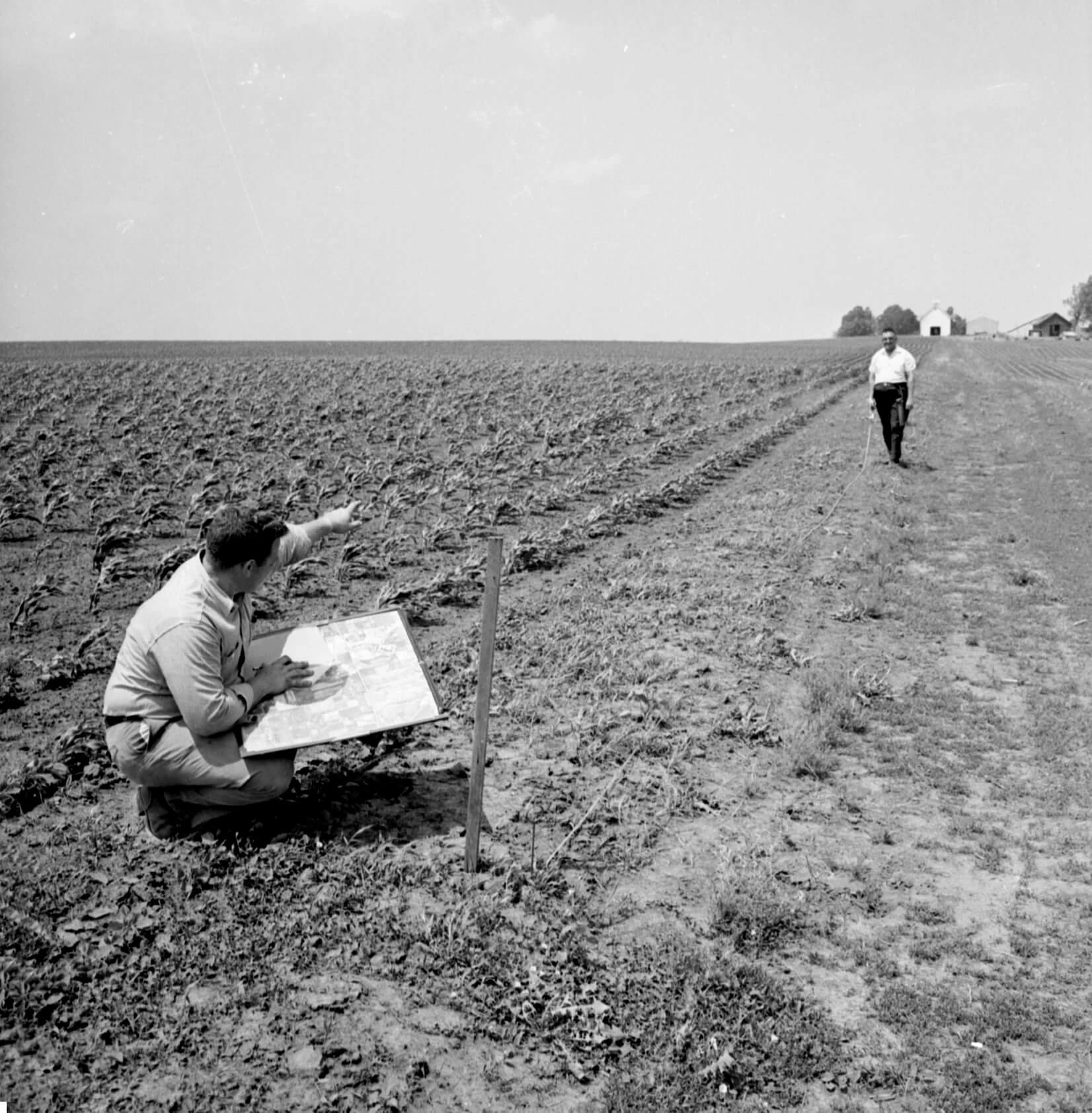The Cost of Farming – Government Aid and Programs
Federal Farm Loan Act
Hoping to increase farm production and keep food prices down, the Federal Farm Loan Act was established in 1916.
The Act authorized federal land banks that worked through county farm loan associations to manage longterm loans for farm land.
The McLean County Federal Farm Loan Association was established in 1921.
“I would urge farmers to organize at once a national farm loan association... The loans can be made at first, only thru national farm loan association... It is my judgement that the greatest benefit will come to those farmers who belong to a national farm loan association.”
— James B. Morman, Federal Farm Loan Bureau
December, 4, 1916
Roosevelt's New Deal
President Franklin Roosevelt and his New Deal established a host of federal programs to help farmers during and after the Great Depression—some still in effect today.
In 1933 Congress passed the Agricultural Adjustment Act in order to reduce crop surplus and raise the value of crops. This was the start of government price supports.
The Commodity Credit Corp (CCC) began to provide government loans to farmers in 1933. Collateral for the loans was the farmer’s surplus grain which was housed in government bins.
The farmer could pay off his loan if market prices rose above the support levels or surrender his crop at the termination of the contract, thereby canceling his obligations to the CCC.
After World War II, European demand for grain weakened and surplus grain began to pile up. Unable to sell their grain, many farmers surrendered this grain instead of paying back the loans.
Grain Gathering Tool, circa 1933

View this object in Matterport
This tool was used to gather grain from CCC storage to be tested for quality.
Donated by: Mabel Ropp
97.166.1

Rural Electrification Act (REA)
Following the passage of the Rural Electrification Act (REA) by Congress in 1938, the McLean County Farm Bureau spearheaded efforts to provide electricity to rural McLean County residents.
As soon as poles were installed and wired, McLean County farmers began to use the newly provided electricity to light their homes and barns, to provide a steady supply of water to homes and livestock from wells, and to motorize the movement and drying of grain.
By 1940, 850 miles of electrical line had been installed on 1700 farms and homes in rural McLean County.
Soil Conservation Service (SCS)
Congress directed the Secretary of Agriculture to establish the Soil Conservation Service (SCS) as a permanent agency of the USDA in 1935.
The service provided technical and financial support for efforts that reduced the loss of soil on agricultural land such as the seeding of waterways and the creation of terraces.
SCS became the Natural Resources Conservation Service (NRCS) in 1994 to reflect its broader mission to improve, protect, and conserve natural resources on private lands through cooperative partnerships with state and local agencies.
Soil Banking
In the 1950s and 1960s, the U. S. government paid farmers to not grow some of their usual corn acres.
Set aside acres were meant to reduce production in order to stabilize the farm economy. In the 1960s as much as 40 percent of McLean County’s corn land was idle each year. In 1983 area farmers set aside nearly 100 percent of their corn acres due to surpluses.
Ironically, the U. S. government was at the same time funding research that helped farmers to increase production.
Inspectors were hired to certify compliance of “diverted acres” enrolled in the “Soil Bank,” as it was officially labeled.
Price Support Programs are Still in Place
A variety of price support programs are still in place today. They provide crop revenue to ensure the farmer’s survival when prices or yields are low.
From the first farmers in McLean County to those who farm today, their success as a producer of agricultural commodities was and is dependent on capital resources — cash, loans, grants, and insurance, including government programs that provide all of these.

Colfax farmer Roger Blumenshine signed up for the 1965 feed grain price support program at the Agricultural Stabilization and Conservation Service (ASCS) office. The program reduced grain surplus and stabilized grain prices. In 2016 similar programs were run by the Farm Service Agency to ensure inexpensive, safe, and nutritious food for consumers and stabilize farm prices.

 Making a Home
Making a Home
 A Community in Conflict
A Community in Conflict
 Working for a Living
Working for a Living
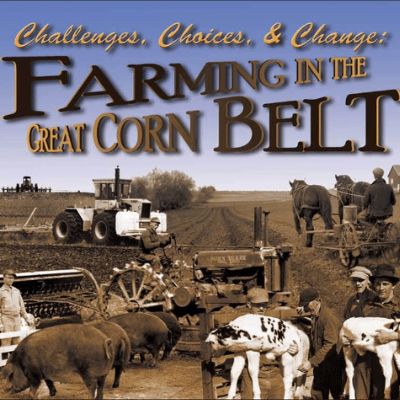 Farming in the Great Corn Belt
Farming in the Great Corn Belt
 Abraham Lincoln in McLean County
Abraham Lincoln in McLean County
